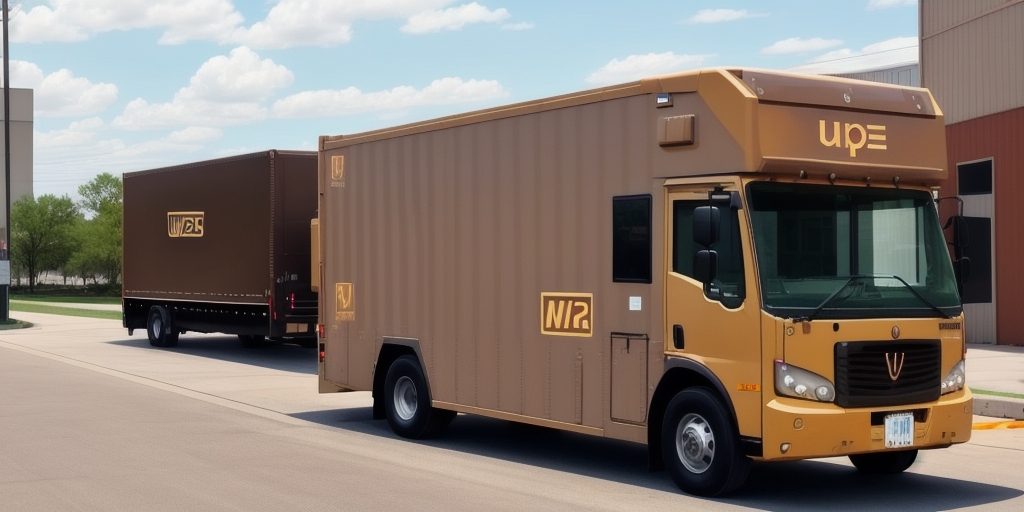Importance of Accurate Shipping Costs
Accurately calculating shipping costs is crucial for e-commerce businesses as it directly impacts pricing strategies, profit margins, and overall customer satisfaction. Precise shipping costs ensure that businesses neither overcharge nor undercharge their customers, maintaining competitive pricing while safeguarding profitability.
Impact on Pricing and Profit Margins
Setting the right shipping prices helps in maintaining fair pricing for customers and consistent profit margins for the business. Overcharging can deter customers, leading them to seek better deals elsewhere, while undercharging can erode profit margins.
Effect on Shipping Strategy
Understanding exact shipping costs allows businesses to make informed decisions regarding carrier selection, shipping methods, and target regions. This optimization can lead to long-term cost reductions and more efficient shipping processes.
Compliance with Regulations
Different countries have specific regulations regarding the calculation and display of shipping costs. Ensuring accuracy helps businesses comply with these laws, avoiding potential fines and legal issues. Transparent shipping costs also build trust with customers.
Understanding Dimensional Weight in Shipping
Dimensional weight is a pricing technique used by shipping carriers that considers a package's volume in addition to its actual weight. This method ensures that larger, lighter packages are priced appropriately based on the space they occupy during transit.
Definition and Calculation
Dimensional weight is calculated by multiplying the package's length, width, and height and then dividing by a dimensional factor, which varies by carrier. For example, FedEx uses a dimensional factor of 139 (in the US), meaning:
- Dimensional Weight = (Length x Width x Height) / 139
This calculation ensures that shipping costs reflect both weight and size.
Carrier-Specific Differences
Different carriers employ varying dimensional factors. For instance, while FedEx might use a factor of 139, UPS uses 139 as well, but DHL might have different calculations. It's essential to understand each carrier's specific methodology to avoid unexpected costs.
Avoiding Unexpected Costs
By accurately measuring and weighing packages, businesses can prevent overpaying for shipping. Utilizing tools like the FedEx Dimensional Calculator helps in estimating costs more precisely, ensuring that shipping budgets remain on track.
How to Use the FedEx Dimensional Calculator
The FedEx Dimensional Calculator is a free online tool designed to estimate shipping costs based on a package's dimensions and weight. It helps businesses make informed decisions to optimize their shipping expenses.
Features and Benefits
- Accurate cost estimation based on package size and weight.
- Guidelines for selecting appropriate packaging materials.
- Tips for optimizing package dimensions to reduce costs.
By leveraging these features, businesses can minimize shipping expenses and improve their overall logistics efficiency.
Step-by-Step Guide
- Visit the FedEx Dimensional Weight Calculator.
- Enter the package's length, width, height, and actual weight.
- Select the desired delivery speed and destination.
- Review the calculated shipping cost and adjust packaging if necessary.
Following these steps ensures an accurate estimation of shipping costs, allowing businesses to make cost-effective shipping decisions.
Optimizing Packaging with the Calculator
Using the calculator helps businesses identify the most efficient packaging sizes, reducing dimensional weight and overall shipping costs. This optimization not only saves money but also contributes to more sustainable shipping practices by minimizing excess packaging materials.
Strategies to Reduce Shipping Costs
Implementing effective strategies can significantly lower shipping expenses. Here are key approaches to consider:
Packing Tips
- Use the Smallest Possible Packaging: Select boxes or envelopes that fit items snugly to reduce dimensional weight.
- Optimize Packaging Materials: Utilize vacuum bags or compression techniques for bulky items to minimize size.
- Secure Items Properly: Use lightweight cushioning materials like bubble wrap to prevent damage without adding unnecessary weight.
Choosing Delivery Speed and Options
Selecting the appropriate delivery speed based on customer needs can balance cost and service quality. Offering multiple shipping options allows customers to choose the method that best fits their budget and timeline, potentially reducing overall shipping costs.
Volume Discounts and Promotions
Many carriers offer discounts for businesses that ship high volumes. Taking advantage of these volume discounts and seasonal promotions can lead to substantial savings. Additionally, negotiating with carriers for better rates based on shipping frequency and volume is a worthwhile strategy.
Comparing FedEx with Other Shipping Carriers
When selecting a shipping carrier, it's essential to compare different providers based on various factors to ensure the best fit for your business needs.
Rate Comparison
Compare shipping rates among carriers like FedEx, UPS, USPS, and DHL to identify the most cost-effective option for your package sizes and destinations. Utilize online rate calculators provided by each carrier to get accurate estimates.
Reliability and Delivery Options
Evaluate the reliability and delivery options of each carrier. FedEx is known for its reliable overnight and express services, while USPS may offer more cost-effective rates for lightweight packages. Consider factors such as delivery speed, tracking capabilities, and customer service when making your decision.
Real-Life Success Stories
Many businesses have successfully reduced their shipping costs by utilizing the FedEx Dimensional Calculator and implementing strategic shipping practices.
Case Studies
- Jewelry Company: Reduced shipping costs by 40% by accurately calculating package dimensions and optimizing packaging materials.
- Online Clothing Store: Saved $20,000 annually by optimizing packaging sizes and selecting cost-effective delivery speeds.
- Tech Company: Avoided overpaying on shipping by accurately measuring products, resulting in $15,000 annual savings.
These examples demonstrate the tangible financial benefits of precise shipping cost calculations and strategic packaging.
Common Mistakes and How to Avoid Them
Even with the best tools, businesses can make mistakes that lead to increased shipping costs. Being aware of these common errors can help in avoiding unnecessary expenses.
Incorrect Measurements
Inaccurate measurement of package dimensions and weight can result in higher shipping costs. Always double-check measurements and use reliable tools to ensure accuracy.
Choosing the Wrong Delivery Speed
Selecting an inappropriate delivery speed can lead to unexpected costs or delivery delays. Assess customer needs and choose the most suitable option to balance cost and service quality.
Overpacking or Underpacking
Overpacking can increase dimensional weight and shipping costs, while underpacking can lead to damaged products and returns. Strive for optimal packaging that protects items without adding unnecessary size or weight.
Conclusion
Accurate calculation of shipping costs using tools like the FedEx Dimensional Calculator is essential for e-commerce businesses aiming to optimize their logistics and enhance profitability. By understanding dimensional weight, implementing effective packaging strategies, and comparing carrier options, businesses can significantly reduce their shipping expenses.
Additionally, avoiding common mistakes and leveraging real-life success stories can guide businesses in making informed decisions that contribute to both financial health and customer satisfaction. Investing time in accurately calculating and managing shipping costs pays off by enabling businesses to allocate resources more effectively and build stronger relationships with their customers.








